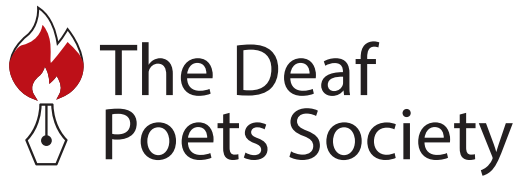Travis Chi Wing Lau
Review: Chelate, poems by Jay Besemer
Chelation, as a therapeutic process, operates by the injection of ethylenediaminetetraacetic acid (EDTA) into the bloodstream. This synthetic solution reacts with toxic metals and minerals by binding to them and rendering them innocuous to the body. Jay Besemer’s Chelate (Brooklyn Arts Press, 2016) draws a provocative connection between this controversial medical intervention and the process of gender transition, which relies on similarly biochemical methods such as hormone therapy for the purposes of bodily transformation. Written in the midst of his transition, Besemer thinks through his body as a collection of barely-perceptible forces and microtransformations, ones that “chelate [him] into a new man” (74). Chelate is unapologetically about metamorphosis – matter and self in their vulnerable acts of becoming anew “when making & unmaking have become the same action” (18). Trans experience is all too often reduced to the “before” and “after,” but Chelate generously gives us access to the interiority of trans experience, where “before” and “after” can only be understood through their interrelationship. Within this interstitial space, there are multiple bodies, selves, and worlds in motion.
Given Besemer’s description of his work as a “book that lives in/is/is from the body,” Chelate’s form merits particular attention. The only organizational structure is a set of section headings (“Xenophilia,” “Making & Unmaking,” “Adjustment Disorder,” “My Inheritance,” “Ordinary Wear & Tear") that break up what reads as a longer poem into parts that seem less distinct than blending into one another – a textual body that begs reading back and forth across its parts for their resonances. Besemer employs a paragraph-like structure on each page that is punctuated by colons. These colons both interrupt and aid the reading process, provocatively generating a simultaneously dissonant yet associative effect between phrases and words.
In an early passage from the first section, Besemer introduces two contrasting sets of images that pervade the work:
“the origami contrivances are burning : dead
languages crisping & blackening between us, autumn
leaves destroyed in a fish-gasp of protest : our cross-
wired failure : what I need & intend are signals from
beyond the rim of your galaxy : the tune you want
me to play is impossible for one of my species : so be
it : no more false deaths : down payment for the big
one : this departure is also the arrival :: (19)”
The passage unfolds with the vegetal images of the burning “origami” paper and languages likened to dead “autumn leaves,” yet then transitions abruptly to the scale of “galaxy” and “species.” This tension between the earthly and cosmic produces a disorienting effect as these images are made to coexist with another on the same passage and page through a series of enjambments. Such a structure begs different readings depending on whether one reads by the colon breaks or by the line. Without conventional punctuation, phrases and fragments emerge as the primary units of meaning, rather than complete thoughts confined to the level of sentence. Reminiscent of analogies formatted for standardized tests, Besemer’s colons challenge the reader to inhabit the immediacy of language, to work through (or perhaps against) the linkages of words put in proximity to one another. As Besemer describes of his own embodied poetic practice, meaning is consistently made, unmade, and remade. Besemer hints at how his work should be read: “open the words out into small instants of occurrence: short, declarative : hardworking ::” (84). Chelate rewards a diligent reader who can zoom in and out between the individualized “instants of occurrence” and larger sections that may complement or even contradict one another.
Yet most poignant in Besemer’s volume is its narrative of illness. As opposed to a simplistic, triumphalist trans narrative of a healthy body coming into its own, Besemer defines transness as “changeable beast : a work / of time,” which necessarily involves struggle within and without (112). What Besemer powerfully risks in this volume is the “deliberate exposure of the turbid self” to the possibilities of not only change but to the non-linear temporality of disease and disability that cohabitates with his trans experience (117). Chelate reads breathlessly in the present tense, but in one of the volume’s characteristic enjambments, Besemer embraces a vision of time, where a “day also stretches into one 365-part day” or “ceases to mean” anything at all (40, 96). As opposed to a daily account of his transformation, Besemer offers what seems to fall out of our conventional sense of time in favor of how “tendons tell stories : mystery tales of limbs that fit suddenly into larger interests” (96). Selfhood seems to exist in these localized “instants” rather than in linear progressions.
Besemer is frank about the grueling “work of maintaining coherence” when we are “bodies forced into matter” as “coerced by externals”; we, as subjects, are always subject to enforced ways of being – be it able-bodiedness, heterosexuality, or gender normativity (40, 45, 65). It is possible, as the enigmatic yet confessional “I” admits, to “fail” – to be matter out of place, to be askew, to be queer. Yet rather than framing such failure to be normal as negative and unproductive, this transition into both gender deviance and toxic illness marks the creative capacity of chelation – a precarious, uncertain in-betweenness, where cultural and bodily toxicities can become entirely another.
